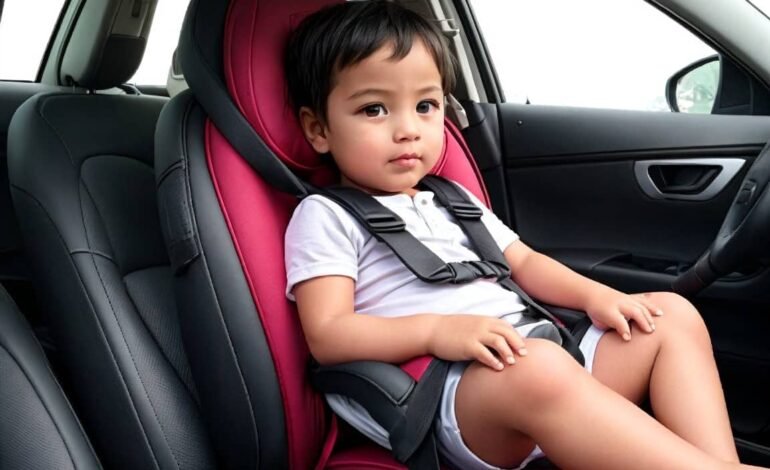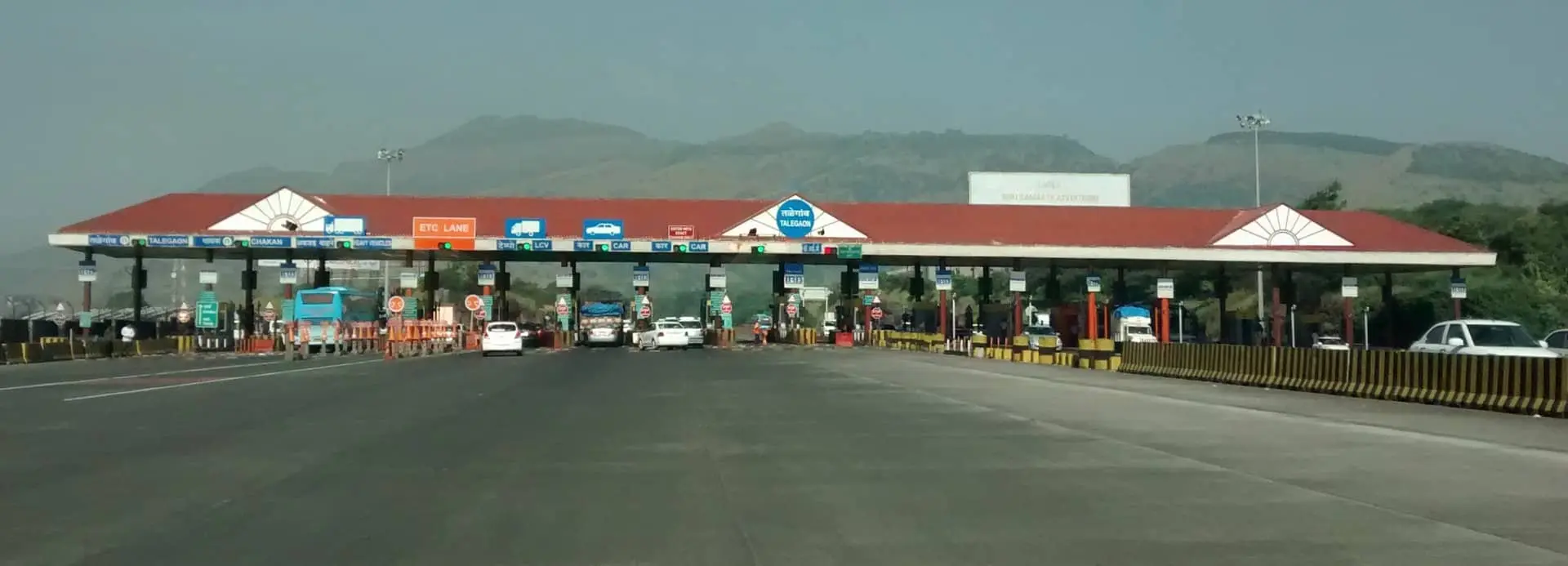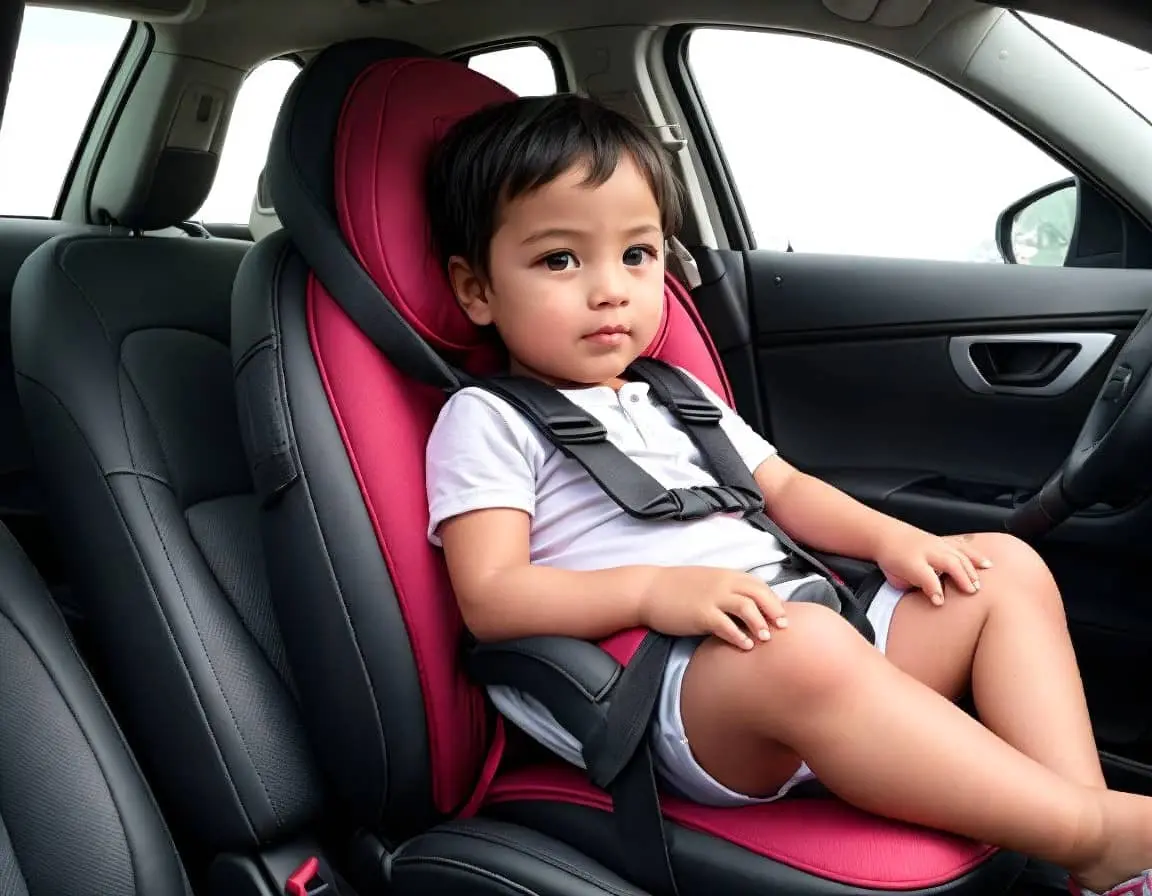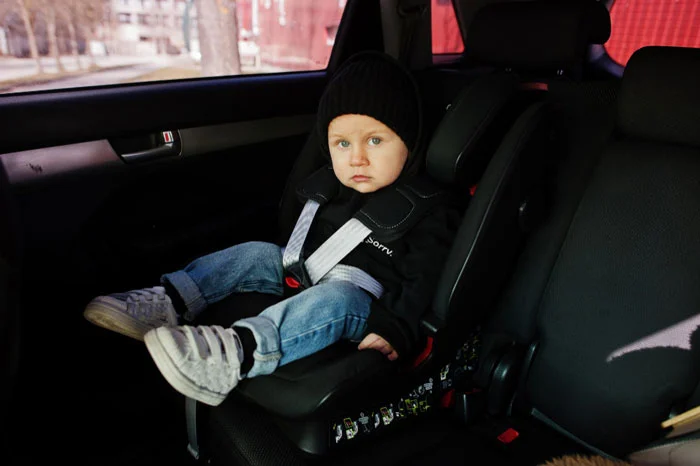Keeping Your Kids Safe on the Road: A Guide to Child Seat Rules in New Zealand

New Zealand prioritizes road safety, and a crucial aspect of that is protecting children traveling in vehicles. Understanding child seat rules in New Zealand is essential, whether you’re a local resident or a visitor with your family. This guide will equip you with the knowledge to ensure your child is buckled up safely according to the law and best practices.
The Law and Age
New Zealand’s child restraint law is primarily based on age. Here’s a breakdown of the legal requirements:
- Under 7 Years Old: Every child under the age of seven must be properly secured in an approved child restraint that meets their height and weight limits. This means you cannot transport a child under seven without a suitable car seat.
- 7th Birthday: Children between their 7th and 8th birthdays are only required to use a child restraint if one is available in the vehicle. If there’s no spare car seat, the law allows them to travel without one.
- 8 Years Old and Over: There is no legal requirement for children aged eight and over to use a child restraint.
Why Age Alone Isn’t Enough
While the law focuses on age, it’s important to understand that most seven and eight-year-olds won’t be tall enough for a vehicle seatbelt to fit them properly. A standard seatbelt is designed for adults and sits too high on a young child’s body. In a crash, this can lead to serious injuries to the neck and internal organs.
Suggested Read- Keeping Your Kids Safe On The Road: A Guide To Child Seat Rules In Australia
The Importance of Booster Seats
Here’s where booster seats come in. These provide essential height positioning for children who have outgrown infant car seats or toddler convertible car seats but are still too small for the adult seatbelt. Booster seats ensure the lap belt sits low across the child’s hips (not their stomach) and the shoulder belt rests across the middle of the chest (not their neck or arm).
Best Practices and the 5 Step Test
New Zealand recommends keeping children in a child restraint, ideally a booster seat, until they reach a height of 148 centimeters (cm). This ensures optimal safety even beyond the legal requirement. Here’s a helpful tool called the “5 Step Test” to determine if your child is ready to travel without a booster seat:
- Can your child sit all the way back against the vehicle seat?
- Do their knees bend comfortably at the edge of the seat?
- Does the lap belt sit low across their hips, not their stomach?
- Does the shoulder belt rest across the middle of their chest, not their neck or arm?
- Can they stay seated in this position for the entire trip?
If the answer is no to any of these questions, your child still needs a booster seat for proper seatbelt fit.
Choosing the Right Car Seat
With various car seats available, selecting the right one for your child is crucial. Look for models that comply with the New Zealand standard AS/NZS 1754. This standard ensures the car seat meets rigorous safety requirements.
Suggested Read- Child Seat Rules In Germany: Ensuring Safety For Young Passengers
Here are the main types of car seats and their appropriate uses:
- Infant Car Seats (Rear-Facing): Designed for newborns and infants up to approximately 13 kg or until they outgrow the height limit. Always use these rear-facing for maximum protection in a crash.
- Toddler Convertible Car Seats: These versatile seats can be used rear-facing for infants and then transitioned to forward-facing for toddlers (up to 18 kg or height limit).
- Forward-Facing Car Seats: Suitable for toddlers and young children who have outgrown their rear-facing convertible seat (up to 25 kg or height limit).
- Booster Seats: Used for older children who have outgrown their forward-facing car seat but are still too small for the adult seatbelt (up to 36 kg or height limit).
When Can a Child Sit in the Front Seat in NZ
Once children reach ages 9 to 14 or 148 cm, they are required to wear a seatbelt or a safety restraint but are permitted to sit in the front.
Important Note
When a child must sit in the front seat, it’s safest to:
- Disable the airbag if the child is in a rear-facing car seat, as airbags can cause serious injury to young children.
Additional Tips for Safe Travels
- Always register your car seat with the manufacturer. This allows them to notify you of any safety recalls.
- Never place a rear-facing car seat in the front passenger seat if the vehicle has an active airbag. The impact of the airbag deploying can cause serious injury or death to a child in a rear-facing seat.
- Ensure the car seat is securely installed in your vehicle. Refer to the car seat manual and your vehicle owner’s manual for proper installation instructions. Many retailers offer car seat fitting services to ensure the seat is installed correctly.
- Replace your car seat after an accident. Even a minor accident can compromise the integrity of the car seat, impacting its ability to protect your child in a future crash.
Travelling with Children from Overseas
If you’re visiting New Zealand with your child, you can use a car seat that meets the safety standard of your home country (e.g., FMVSS 213 in the United States or ECE R44 in Europe). However, it’s always recommended to double-check compatibility with your rental car and ensure it can be securely installed.
Here are some additional resources for travelers
- The New Zealand Transport Agency (NZTA): Provides comprehensive information on child restraint laws and best practices on their website- https://www.nzta.govt.nz/safety/keeping-children-safe/child-restraints
- The Child Restraint Coalition (CRC): A non-profit organization dedicated to child passenger safety. They offer resources and information on car seat selection and installation- https://www.nzta.govt.nz/safety/keeping-children-safe/child-restraints/.
Fines and Penalties
Failing to properly restrain a child under seven years old in New Zealand can result in an infringement fine. The current fine amount can be found on the NZTA website. Remember, the law is just a minimum requirement. The true priority is keeping your child safe on every journey.
Suggested Read- A Comprehensive Guide To Child Seat Rules And Regulations In France
The Takeaway
New Zealand prioritizes child safety on the roads. While the law outlines the minimum requirements based on age, it’s crucial to understand the limitations of seatbelts for young children. Booster seats are highly recommended for children who have outgrown infant or toddler car seats but are still too small for the adult seatbelt to fit properly.
By following the guidelines in this article, choosing the right car seat, and ensuring proper installation, you can ensure your child travels safely and comfortably on every trip in New Zealand. Remember, their precious cargo deserves the best possible protection.








